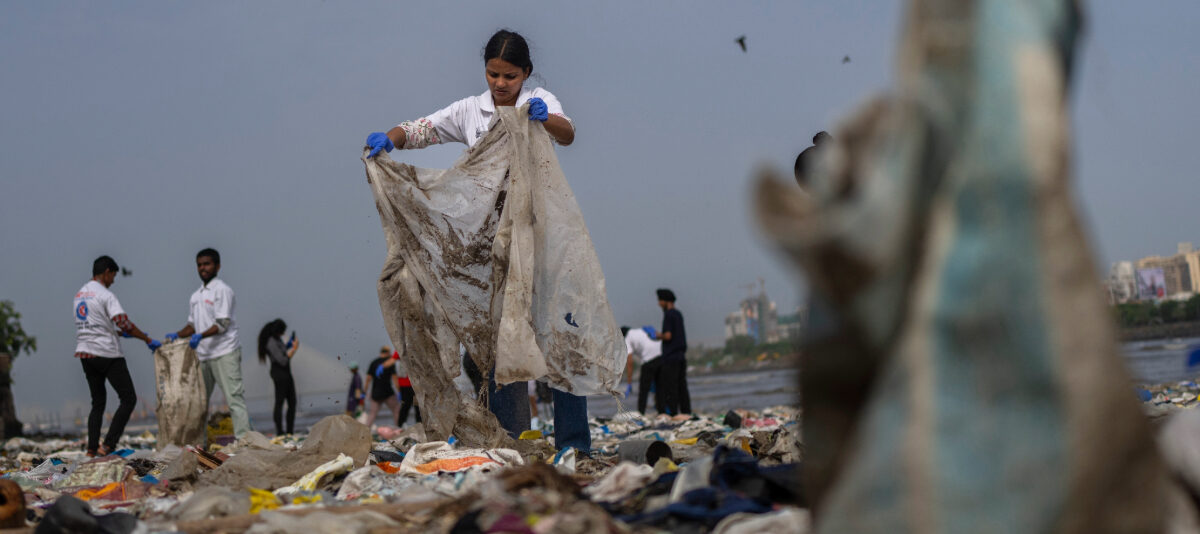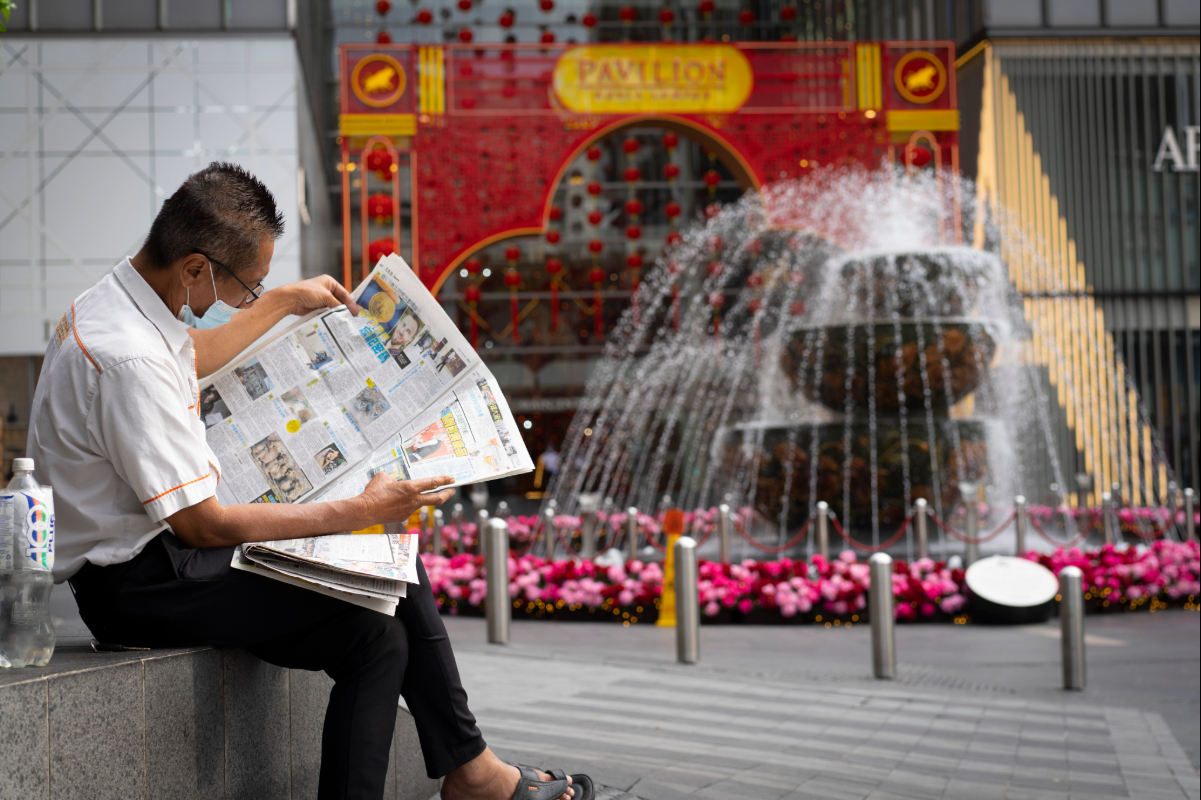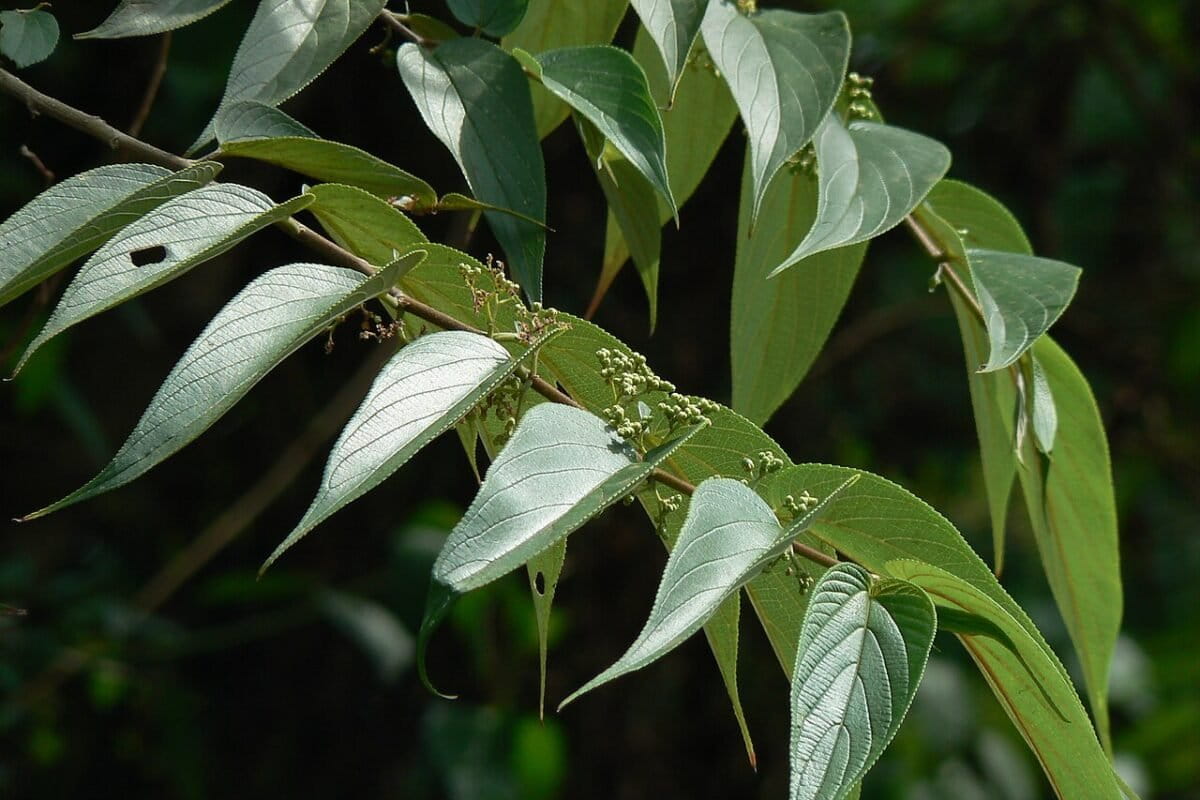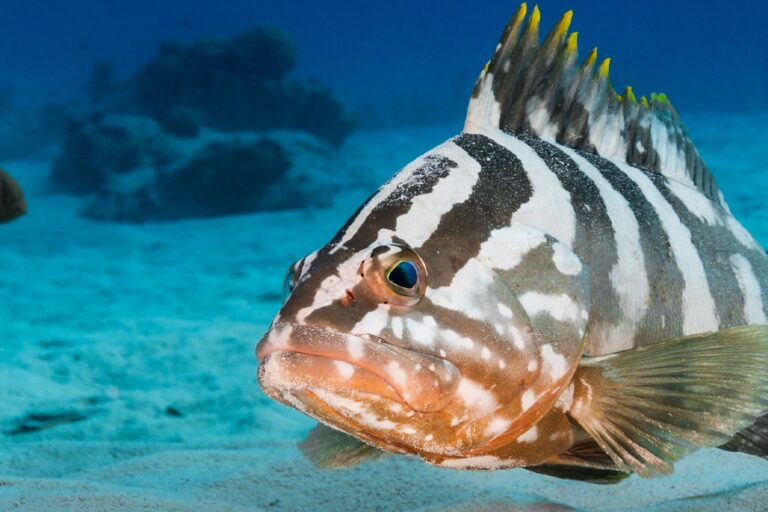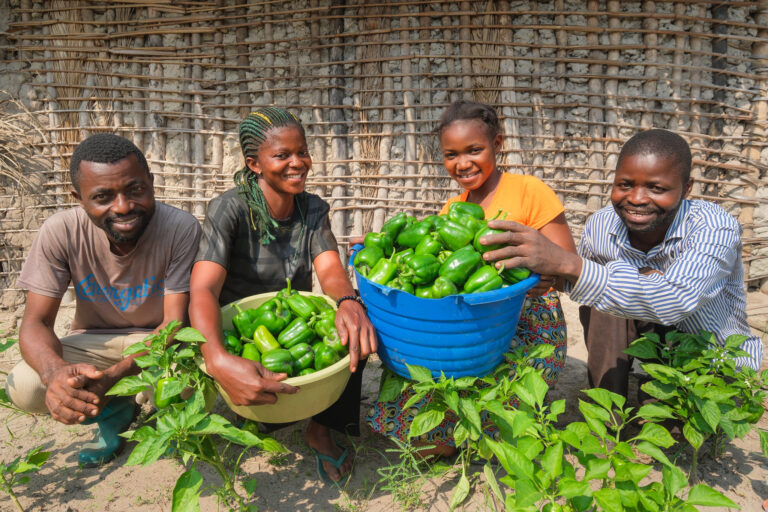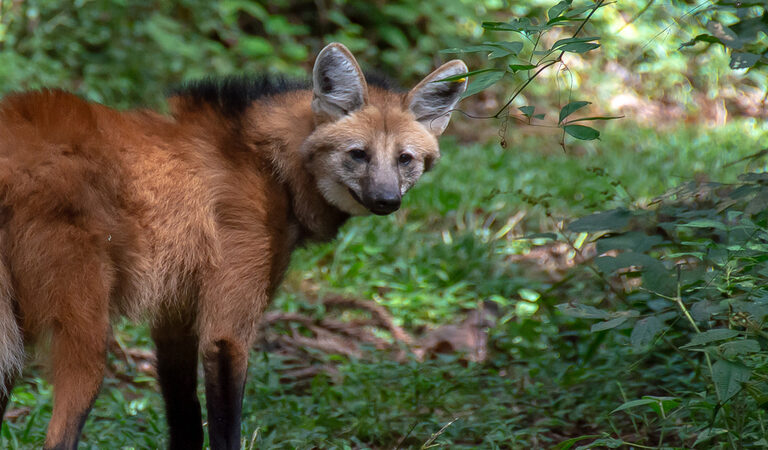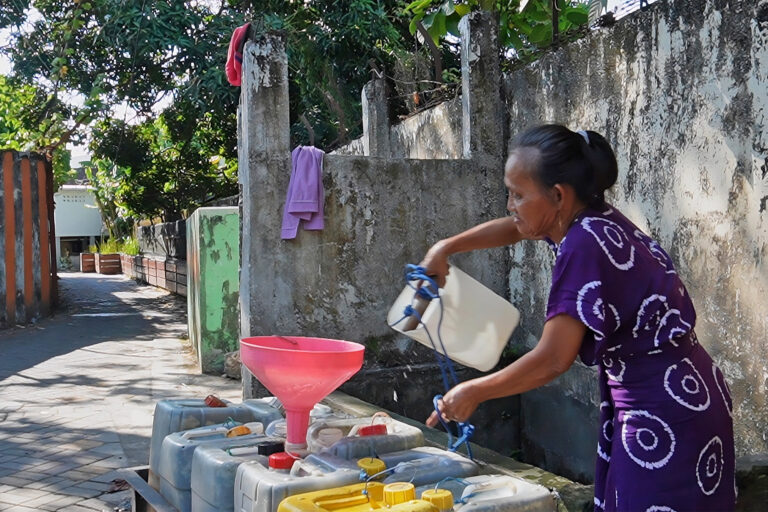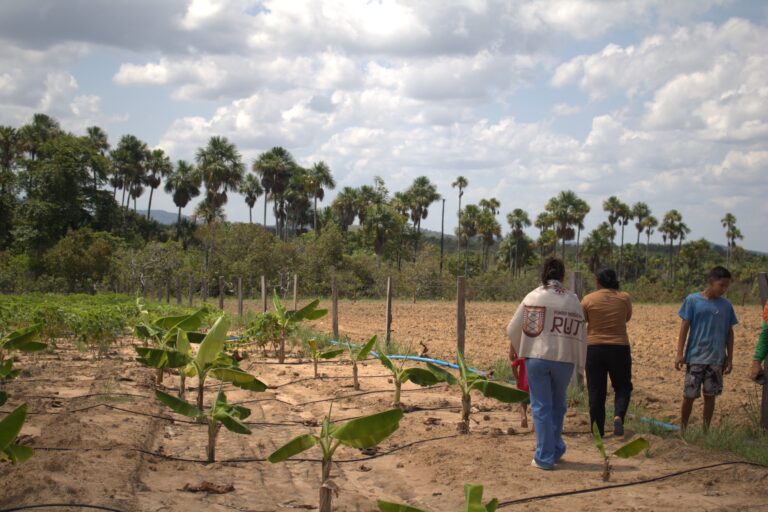- Venezuela is losing at least 900,000 animals every year to the $320 million illegal wildlife trade.
- Among the birds sold to the pet trade are 50 species of New World parrot, parakeet and macaw endemic to Venezuela, along with American flamingoes and extremely rare red siskins.
- Patrolling the country’s porous 2,800-kilometer coastline and nearly 5,000 kilometer border with Colombia, Brazil and Guyana is a daunting task for law enforcers trying to stop clever wildlife traffickers.
The hunters ransack the vulnerable nests of tropical birds in richly biodiverse but poorly patrolled Venezuelan rainforests. Wildlife merchants brazenly display young fledglings, monkeys and other animals, right next to main roads throughout the forest. Many captives will travel a difficult path — an exhausting, often fatal journey covering thousands of miles, cleverly hidden inside bags and luggage, passing through airports and seaports, bound for Europe and elsewhere. It is a lucrative, shadowy trade, involving at least 900,000 animals annually, earning more than 300 million dollars for the criminals plying it, from which the local rainforest hunter gleans barely a fistful of Bolivares.
AAccording to a 2013 report Your Home Is Not Their Home, produced by the conservation organization Vitalis, the ransacking of bird nests and theft of fledglings is the main method by which tropical birds are captured in Venezuela. Biologist Esmeralda Mujica, former director of the Foundation of Zoos and Aquariums of Venezuela, a member of the Species Survival Commission of IUCN and co-author of the Vitalis paper, says that the Psittacidae — including 50 species of New World parrot, parakeet and macaw endemic to Venezuela — is the bird family most threatened by traffickers, and spring is the time of year when the most fledglings are seized.

“The Easter holiday coincides with the reproductive season of parrots, which makes the hunting of fledglings a very easy endeavor all through the Llanos [vast tropical plain] and Southern Venezuela,” says Mujica. “The [local] people live in rural areas where hospitals don’t even have needles, and jobs are hard to come by,” she says, so the easy money made from hunting parrots is often vital to feeding their families.
The young captive birds readily adapt to human manipulation and hand feeding, so are easy to transport and very popular for trafficking. The most commonly captured and trafficked Venezuelan Psittacidae are the Red and Green Macaws (Ara chloroptera and Ara militaris), Yellow-shouldered Parrots (Amazona barbedensis), Yellow-crowned Parrots (Amazona ochrocephala), Brown-throated Parakeets (Aratinda pertinax venezuelae) and Black-headed Caiques (Pionites melanocephala).
Pirated coastal flamingos
The estuarine wildlife refuge known as “Ciénaga de Los Olivitos” in northwestern Venezuela borders on Colombia and the Caribbean Sea, and it has been described as a “delivery room” by local ecologists. That is because it comprises the resting, feeding and nesting grounds for a great many species of terrestrial and aquatic birds, both local and migratory. One of these birds is the American flamingo (Phoenicopterus ruber) — a species that thrives in the refuge and that is prized by wildlife traffickers.

“Some of the fishermen work as [flamingo] transporters, taking the chicks and bringing them hidden inside their boats to the Dutch Antilles, from where they are usually taken to Florida,” reveals Elíos Ríos, an environmental health doctor working at the local Health Authority and an active member of several environmental NGOs including Grupo Mangle (the Mangrove Group), Amigos del Bosque (Friends of the Forest) and Ecosistema Revolucionario (Revolutionary Ecosystem).
“Environmentalists and the Venezuelan Ministry for the Environment [which recently changed its name to the Ministry of Ecosocialism and Water] have denounced [trafficking] problems through the media,” Ríos told mongabay.com. “We have also insisted on education for coastal communities, whose members usually sell the animals for a few Bolivares without understanding the ecosystem alterations [and damage] this implies. Each species has a function in this bioregion related to their ecological niche.”
Ríos hopes for firmer government actions aimed at reducing the demand for wild birds and other species. “This is trafficking with life and it is deteriorating our ecosystems. It is bringing some species to the brink of extinction. Responsibility must be established internationally, and traffickers must [realize] that they are criminals and will be incarcerated if they enter the country. Our constitution compels us; a healthy environment is a right for future generations,” Rios declares.

But the trade goes on largely unhampered, and helped by major organized crime syndicates working at the region’s famous Flea Market, an informal bazaar held in the capital of Zulia State, the province that is home to the Ciénaga de Los Olivitos refuge.
Ríos notes that environmental groups have made a formal complaint to the government concerning the trafficking, but the National Guard took minimal action — making a show of attacking some minor local traffickers, but taking no real decisive steps to staunch the flow of animals from estuarine ecosystems to other nations. “Trafficking is not a [government] priority”, he says.
Plundering Venezuela’s biological riches
Up to date information on wildlife trafficking and its causes in Venezuela is not easy to come by, but according to a 2003 study called Impact of the Venezuelan economic crisis on wild populations of animals and plants, produced by scientist and activist Dr. Jon Paul Rodríguez, Venezuela’s periodic economic contractions have markedly increased the exploitation of wild fauna and flora, especially since 1983 after the so called “Black Friday”, a drastic devaluation of the Venezuelan currency. As economic times have grown harder in recent years, those with limited means have been compelled to join the black market in wildlife trading.
Rodríguez, who works in the Ecology Department of the Venezuela Institute of Scientific Research (IVIC) and is president of environmental NGO Provita, explains that more than birds are trafficked. On the coast, many tropical fish, lobster and the Caribbean queen conch (Strombus gigas) are fished and illegally trafficked as gourmet delicacies.

The country’s 2,800-kilometer (1,740-mile) coastline, plus offshore islands, make policing of trafficking difficult, with authorities already overstretched by a rash of armed boardings and robberies by pirates against pleasure craft — some involving violence. More than 85 such piracies are documented between 2008-11, and more occurred in 2013.
Traditional fishermen have taken advantage of lax enforcement by trafficking more. “When industrial trawling was banned [in local waters], traditional fisheries flourished and these don’t necessarily have a smaller impact on the environment,” Rodríguez notes. His study found that the traditional fishing fleet doubled from 1970 to 1995, while the commercial fleet operating in continental waters tripled in size. Traditional fishermen are very poorly regulated compared to commercial trawlers, and can trade in threatened tropical fish species with little worry of prosecution.

One of Rodriguez’ students, Chilean biologist Marianne Asmussen, has travelled the roads and wilds of Venezuela talking to wildlife hunters and learning more about trafficking trends and techniques. She searched through national and international databases, magazines, webpages, restaurants and pet shops in an attempt to calculate the size of the illegal market of wild fauna. Asmussen estimates that more than 900,000 individual animals of 426 different species are trafficked per year in Venezuela, with a net worth of over 321 million dollars — almost certainly an underestimate.
Asmussen produced a profile of hunters and the market after visiting 19 Venezuelan trafficking hotspots. All 40 wildlife merchants that she contacted were male; 74 percent of prey was birds, most frequently the Brown-throated Parakeet, Yellow-crowned Parrot and Venezuelan Troupial, the national bird of Venezuela, a spectacular orange, black and white New World oriole.
During her investigation, Asmussen learned about trafficking methods, including inside containers on cargo ships leaving Puerto La Cruz, an Eastern Venezuelan seaport. However, she found that the most common route used by traffickers was by ground. Captive wildlife is easily and discreetly moved across the nearly 5,000 kilometer (3,100 mile) border that Venezuela shares with Colombia, Brazil and Guyana. Asmussen admits that “lack of data” leaves the many trafficking techniques and routes in deep shadow.

She also found large voids in trafficking databases, as well as underestimates in the literature about illegal trade of wildlife. The Convention on International Trade in Endangered Species of Wild Fauna and Flora (CITES), which includes the Red Siskin, the Yellow-shouldered Parrot and macaws in its Appendix I (Threatened with Extinction) listing, showed an annual total of just 257 reptiles, 44 birds, and 15 mammals illegally traded in Venezuela from 1975 to 2008.
At the other end of one trafficking route, the U.S. Fish and Wildlife Service (USFWS) seized an average of 21 illegally trafficked Venezuelan animals transported into the U.S. market between 1994 and 2000.
These figures don’t begin to reflect the rapid, devastating decline in Venezuelan biodiversity. Take Red Siskin populations, for example. The numbers of this attractive, small, red-and-black finch in Venezuela have fallen to between 250 and 1,000 remaining individuals, although there are more optimistic estimates of up to 4,000 birds, according to the IUCN — this is a population that is far smaller, but far less conserved, than the world’s remaining rhinos or polar bears.
Red Siskins for sale
The Red Siskin (Carduelis cucullata), popularly called the “cardenalito” in Venezuela is thought to live today only in Lara state ,where it gives its name to the local baseball team. But according to IUCN, the bird once occurred in 15 states throughout the northern foothills of Venezuela, reduced to only eight states as of 2008.

Lara province gives refuge to some of the last individuals of this species, after illegal trafficking for the pet trade decimated it’s populations through the rest of its range in the Caribbean basin. The little birds are “subject to enormous, long-term (and since the 1940s, illegal) pressure from trappers, primarily because of its capacity to hybridize with canaries,” says IUCN.
The Red Siskin is already extinct in Puerto Rico, Trinidad and Isla de Monos, where it was likely introduced. There are reports of other populations in Guyana since 2002, but it is not clear whether they were introduced or are endemic populations. The last sightings in Colombia were in 2000 and 1986.
In 2013, a trafficker spoke anonymously to the webpage armando.info about his methods for transporting Red Siskins. In order to slip past Venezuelan enforcers, he never travels with more than 8 individual birds, which are smuggled inside gift boxes with small breathing holes cut into them. One month before the trip, he puts the birds on a diet of highly nutritious broccoli and apples, which allows them to survive without food during transport. They go through airport security as hand luggage because the birds aren’t detected by x-ray machines, as their bones are hollow. The siskins are hidden from sunlight throughout the journey to keep them from singing. The trafficker claims to have traded in the little birds undetected for 20 years.
Veterinarian Miguel Ángel Arvelo confirms these methods. He’s a leader at “Iniciativa Cardenalito” (the Siskin Initiative), an alliance between public and private institutions in several countries dedicated to the study of siskin populations, their habitat and conservation — an organization with a strong volunteer base and sponsors, which received over $100,000 in major grants and donations in 2015.

The group is working with the Smithsonian Institute to map the siskin’s genome. The aim of this project is to produce breeding and handling protocols for captive populations. Partnering in that endeavor is Rodríguez´s Provita and IVIC, and two Venezuelan zoo parks, as well as entities from Colombia and Guyana.
The veterinarian explains how hunters capture the small finches. The siskin is attracted by a hunter’s birdcall, then gets stuck in glue that has been placed on a tree next to an artificial decoy. Since the siskin rarely reaches 100 grams of body weight (3.5 ounces), the hunters can easily stow the tiny captives in pockets and bags.
Unfortunately, the birds’ survival chances after just 12 hours without food are very low: “They have an extremely accelerated metabolism,” explains Arvelo. “They feed on seeds and must eat at all hours. When we rescue them [from traffickers] we must give them a glucose shot, hydration and warmth, so that the animal stops losing its energy trying to regulate its temperature.”
The high demand for siskins comes from a particular genetic quality of the bird. When mated with a canary, a female siskin produces fertile red canaries, which are highly varied and prized in the global pet trade. This explains why Red Siskins are not sold along roads and on webpages as parrots and monkeys commonly are. Instead says, Angel Arvelo, “The buyer of siskins is more specialized, is a connoisseur”.
Taking action to curb trafficking
Of late, Venezuela’s federal government has begun to take a more aggressive stance against environmental degradation and trafficking. New laws have been passed to protect the environment, and existing regulations have been adapted to combat trafficking. Venezuela is a member of CITES and recognizes it as the law of the land.

Federal prosecutors conducted an impressive 5,544 environmental trials in the first eight months of 2015, but only a few were trafficking related. Prosecutors have been closely collaborating with the National Guard, the country’s official environmental watchdog, which chose not to comment for this article. One anonymous official did tell mongabay.com that authorities receive at least one report per week of illegal trafficking in their offices in El Paraíso, Caracas.
Activists agree, however, that wildlife seizures remain very occasional and primarily focused in urban Caracas. They note that public officials, law enforcement and citizens across the country and especially in rural areas, are still not properly informed about what they can, and should, do if they witness illegal trafficking. Recently, the Tourism and Ecosocialism ministries partnered with environmental organizations in an information and education campaign to try to discourage potential wildlife buyers.
While surveillance remains poor and spotty, increasingly frequent arrests of traffickers and the confiscation of captive animals is rapidly depleting zoo budgets, as facilities are overwhelmed by rescued animals. Setting up permanent rescue facilities to triage and care for a wide range of confiscated animals, birds and fish, and return them safely to the wild, will require a major commitment by government and NGOs.
Clearly, federal and provincial authorities, along with NGOs and the people of Venezuela, will need to join hands in taking even stronger steps to thwart wildlife traffickers if the country is to bring the pillaging of the nation’s natural treasure houses under control.


